
Looking for an oarsome way to keep busy in October? Well then come and support the only rowing regatta to be held in Eastern Victoria, on one of the country’s premiere waterways – our own Mitchell River!
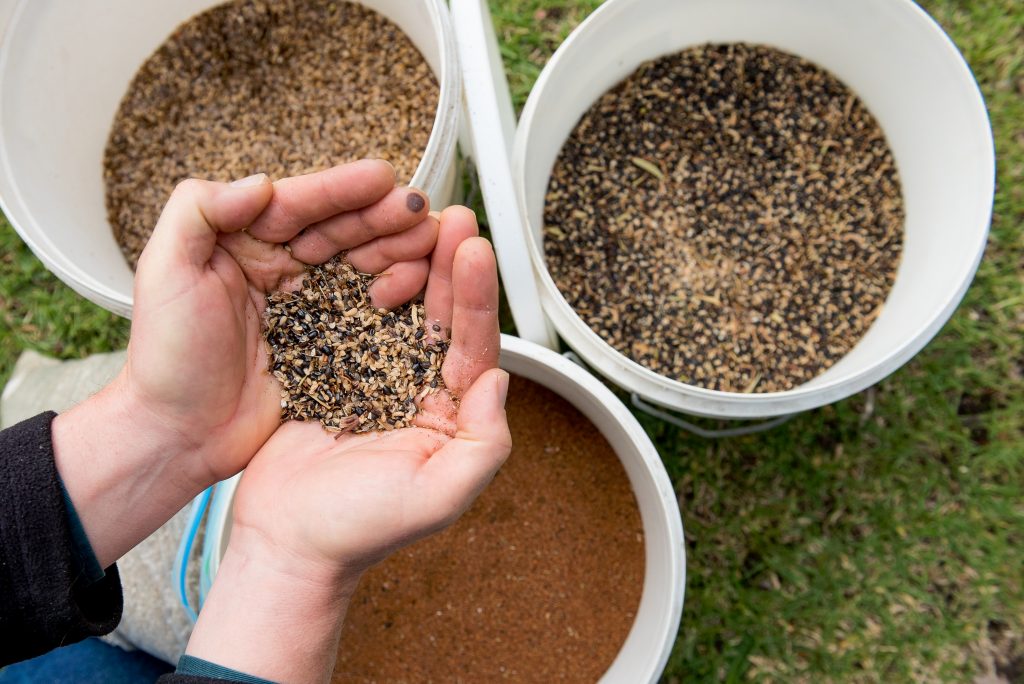
Three buckets of seed is all it took for Greening Australia to regenerate ten hectares of Red Gum Grassy Woodland at a site near Lindenow South.
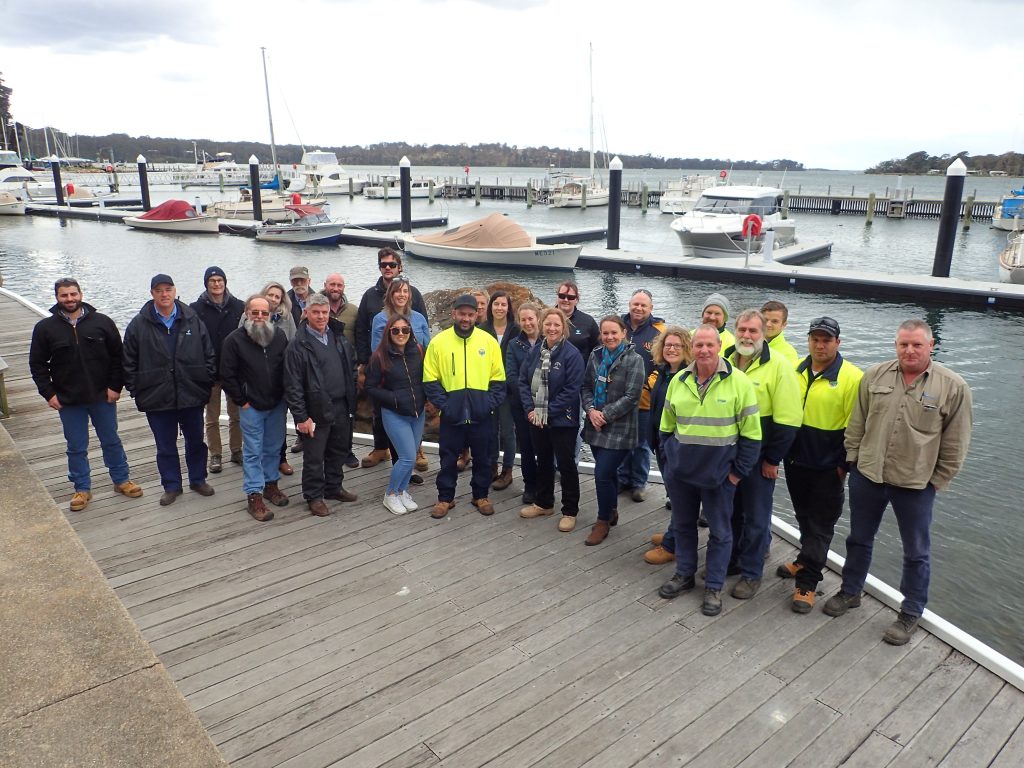
The Gunaikurnai Land and Waters Aboriginal Corporation (GLaWAC) played host to staff of six government departments and agencies last week as part of their Aboriginal Cultural Awareness Program.
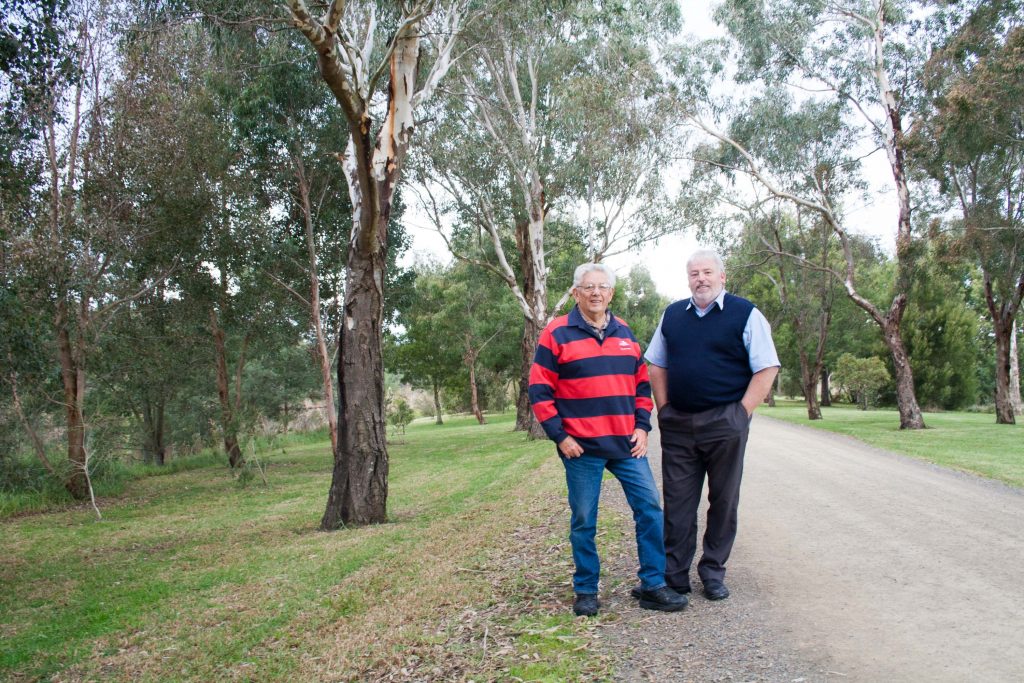
Wandering along the Mitchell River between the Lind and the Princes Highway bridges you’d be forgiven for thinking that it has always been a haven for dog walkers, bike riders and lovers of nature. In fact it has taken a concerted effort by many people and organisations over the last two decades to create the space we now enjoy.
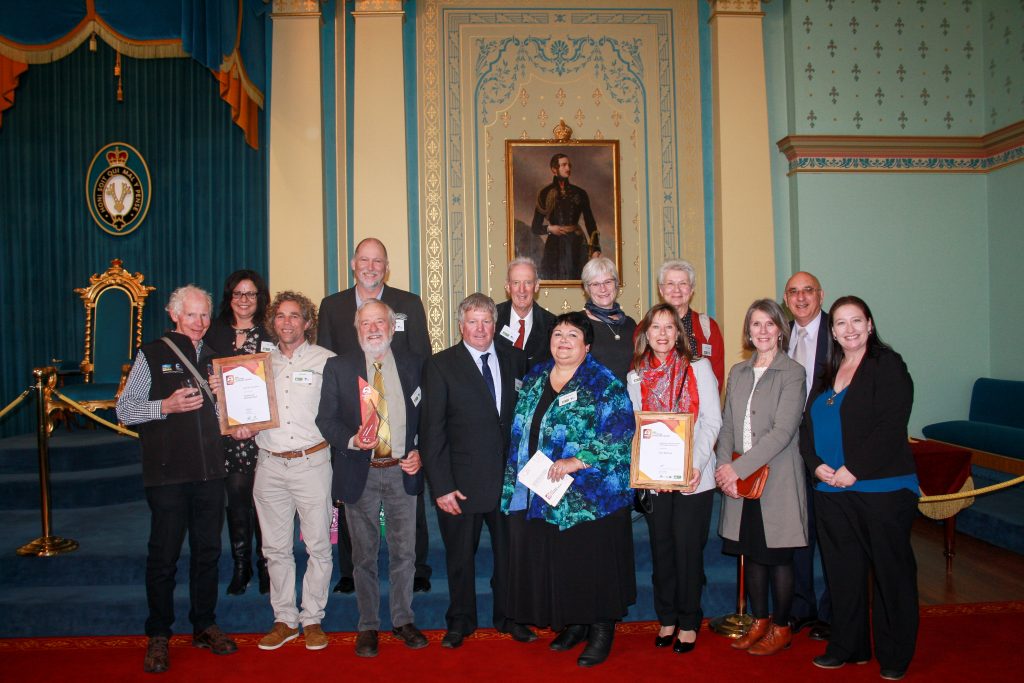
There’s a lot to love about Landcare and this week the East Gippsland Catchment Management Authority (EGCMA) would like to send a big congratulations to all of the nominees in this year’s Victorian Landcare Awards. Held at Government House in Melbourne on Sept 1st, East Gippsland was well represented in the Awards with five nominees; including Eastwood Landcare Group, Friends of Beware Reef, the Gunaikurnai Land and Waters Aboriginal Corporation, Mick and Cindy Robinson and Ann Robson.
Many hands are making light work to improve access and amenity around the the Tambo River in Ensay.
The East Gippsland Catchment Management Authority (the Authority) has been working with DELWP, Swifts Creek / Ensay Landcare Group and local landholders to remove weeds, including blackberry, cape ivy and willows, over a 7km stretch of the waterway between Doctors Flat and Ensay.
The local Landcare group has identified and controlled weeds on areas along the river adjacent to private property.
The Authority has partnered with DELWP and engaged local contractors to improve river health and land productivity. In addition to the weed control, the project includes erecting fences to keep stock off the waterway and replanting key sites.
“Partnerships are of vital importance to the Authority and we appreciate the contribution and resources that landholders and partner agencies have contributed to make this project a success.” said Chief Executive Officer, Graeme Dear said.
These projects are funded by the Victorian Government’s Regional Riparian Action Plan and Our Catchment’s, Our Communities.

The iconic Snowy River is home to a diverse range of native fish, birds and plant species. With its stunning scenic landscapes it offers spectacular canoeing and rafting opportunities. It also has significant indigenous cultural heritage sites and rich fertile river flats used for farming.
With 100 acres of Snowy River frontage Robert “Biddy” Russell saw the benefit of trying to do something to reduce the impact of reduced flows and previous land management practices, done in good faith at the time. Together with landholders, extensive work over many years has been conducted by the East Gippsland Catchment Management Authority (EGCMA) and its predecessor, the Snowy River Improvement Trust.
Initial work included fencing off stock access to the river and willow removal. This was followed by planting of a variety of native species from small tussocks to much larger trees which, once established, help protect the banks. “Although I do believe that just fencing the river and letting it go it would eventually heal itself, I just think it would have taken a lot longer.” Biddy said. “The fencing off is really important as the banks were pretty raw with sand. Every time the cows went to the river they would take a couple of hooves full of sand, pushing it into the river.” He added.
Biddy said “As much as I have done this work on my property to protect my land, I also love that the birds are back; the little birds, the waders that disappeared for years, as well as the magnificent sea eagles that nest and feed on my property. The corridor of trees I’ve planted links up to the natural bush and offers them a place to shelter, nest and feed but it also offers shelter for my cows and maybe a buffer for potential big flood waters. There is a real balance and I think it’s a good balance.”
Graeme Dear, EGCMA CEO said. “The long term commitment to the rehabilitation of the Snowy River from the Victorian government includes projects implemented by government agencies, community groups and landholders. By everyone working together over a long time, we have seen very positive changes to the river.”
The work that Biddy has undertaken on his property hasn’t suffered any major flood event which has helped it become the well established vegetation it is today. “It would be unrealistic to believe that in a major flood no damage would occur. It is the lesser damage during minor floods, the return of the native birds and the improvement of the river health that inspires me to continue.”
Biddy will continue to work with the EGCMA, noting that “Staying on top of weeds is very important and I’d like to see more planting in some areas where it’s not as thick with vegetation. It’s my belief that the work that has been done is a positive thing and the river is recovering. I think the river is in good nick actually. ”
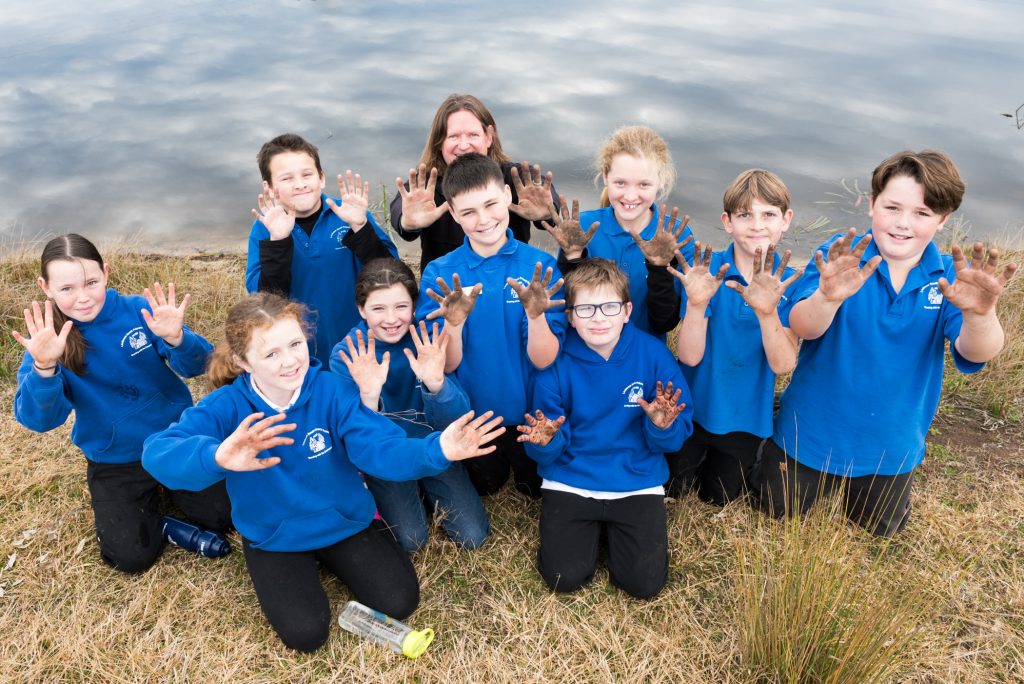
Lindenow South Primary School students were out to play their part in the restoration of the upper reaches of Skull Creek last week on an excursion to connect to community and country.
CEO, East Gippsland Catchment Management Authority, Graeme Dear said, “the project is funded under the Victorian State Governments ‘Our Catchment, Our Communities’ plan which is supporting greater community involvement in managing our catchments.”
Working alongside members of Greening Australia (GA) and the Gunaikurnai Land and Waters Aboriginal Corporation’s On Country crew, nineteen students planted five hundred of the endangered ‘Swamp Everlasting’ and ‘Woolly Waterlily’ plants, and even found time to investigate the critters that live in the waterholes with the team from Bug Blitz.
“It’s great to be able to involve schools and the community to understand the importance of these wetland environments” noted Martin Potts, Project Manager for Gippsland at GA. “It’s not just about planting trees but the habitat as a whole. The waterholes along Skull Creek are very significant to this landscape so we need to understand that it’s not just about water but what’s living in the water, what feeds off that and how it all interacts”.
“Anything that gets the kids out of classroom is a good idea and met with 100% enthusiasm.” said Principal Michael Walker, “It was a magical excursion. The kids were all excited and it’s just opened up a new chapter of biological sciences at the school.”



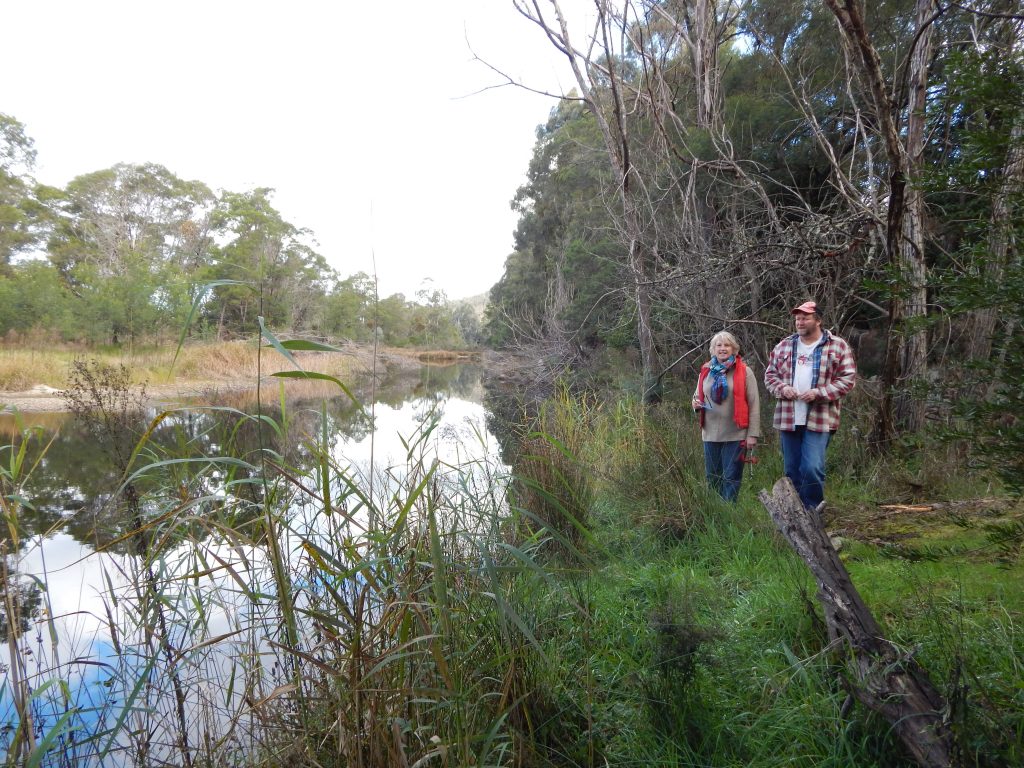
As well as properties in the Cann River being in the same families for generations there are some new community members with much enthusiasm for their new local area.
Gary Arthurson and Annie Kentwell purchased their property in 2011 and have since worked with the East Gippsland Catchment Management Authority (EGCMA) to assist in the recovery of the Cann River. Work has included fencing to exclude stock from the river banks, willow removal, weed control and planting of native vegetation on the river banks and rock stabilisation to prevent erosion.
The improvements to the river has seen the return of platypus to parts of the Cann River where they hadn’t been seen for years. Gary said “We are particularly excited that seeing a platypus in the Cann River is because the work that has been done has created a healthy environment and encouraged this animal to return.”
A more diverse river bed with deeper holes and improved water quality together with the flourishing native vegetation has helped attract the platypus. The deeper holes give them a place to forage, hide and nest. Planting native vegetation along river banks helps stabilise the banks, acts as a filter for nutrients, creates shade and attracts the insects and other invertebrates which are a food source for the platypus.
Weeds, particularly a heavy infestation of blackberries, have been controlled along the river bank. Annie said “the EGCMA have done a lot blackberry spraying along the river the last couple of years. There used to be masses of blackberries, in fact you couldn’t see across the river as there was just a sea of blackberries. Now you can see right across the river and beyond.”
Graeme Dear, CEO from the EGCMA said “ the Cann River community have been working in partnership with the EGCMA for many years to help the river recover. Partnerships like this are critical to long term success.”
A large number of naturally occurring native species of plants were identified in a creek that runs through the property and feeds into the river. Gary and Annie have fenced sections of the creek off to protect the existing vegetation and maintain it’s condition. “The area has flourished since fencing it off and removing the access for the cattle. The fencing is a win win, as the creek is protected and the fencing keeps the cattle contained.” said Gary
Gary and Annie are very proactive and have been very excited to work with the EGCMA. “We feel like we are a part of a positive move towards ensuring the Cann River is a healthy river for us personally as well as the community, environment and the animals.”

Want to uncover the real dirt about your soils? Landcare and the East Gippsland Catchment Management Authority (EGCMA) invite you to a soils workshop to help you gain a better understanding of what’s happening right underneath your boots. The workshops are free and open to any landholder within East Gippsland.
Participants will learn the importance of soil – its formation, function, structure and chemistry – in a simple and easy to follow manner. We ask that participants bring along a soil sample from your own paddock for a hands on exercise to determine the soil type and texture of your patch.
Participants can choose from two sessions held on Wednesday evening, 26th July 6pm-8:30pm or Thursday morning, 27th July 9am- 11:30am at 574 Main Street, the Department of Environment Land Water and Planning (DELWP) office in Bairnsdale.
To reserve your place contact Carolyn Cameron at the East Gippsland Catchment Management Authority on 51503582.


